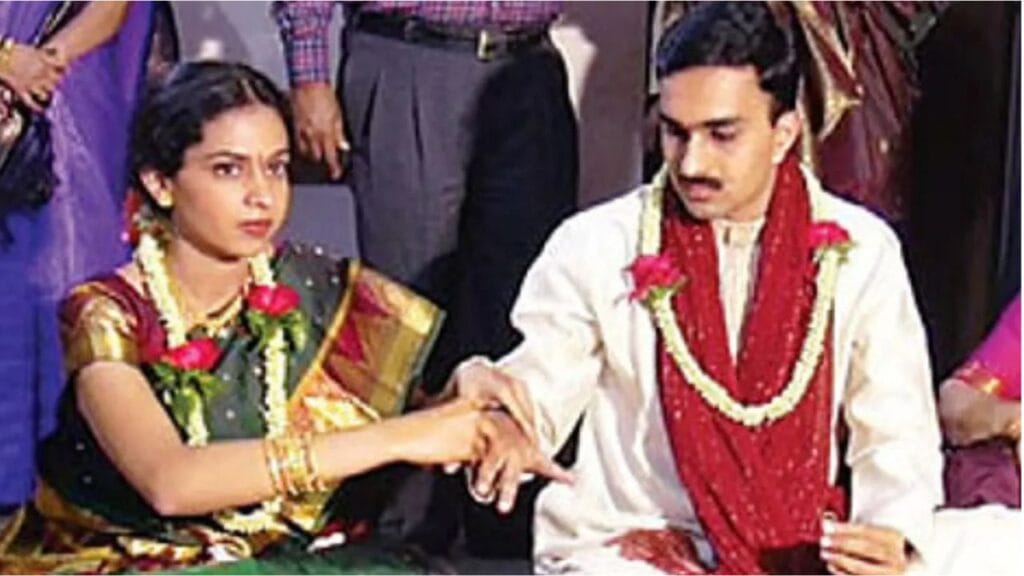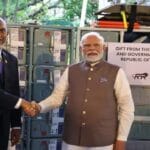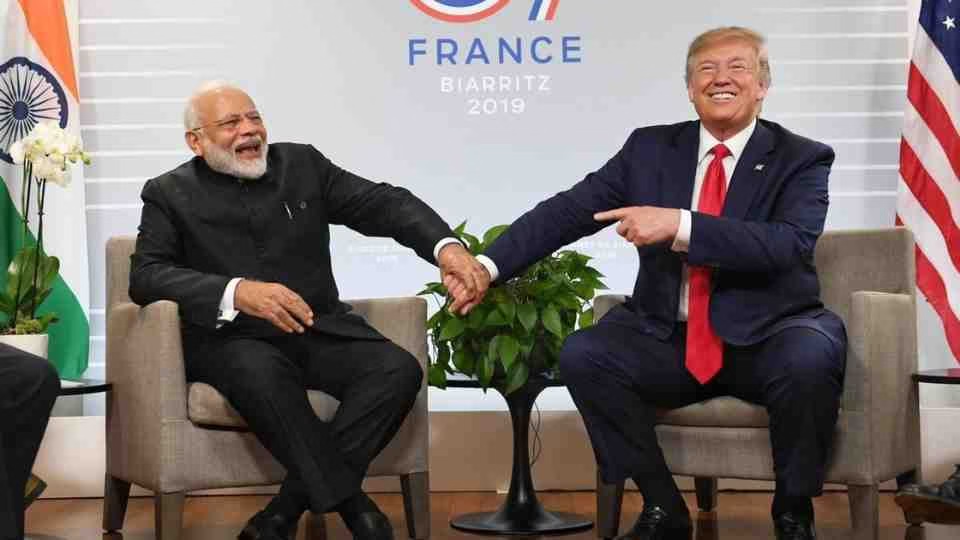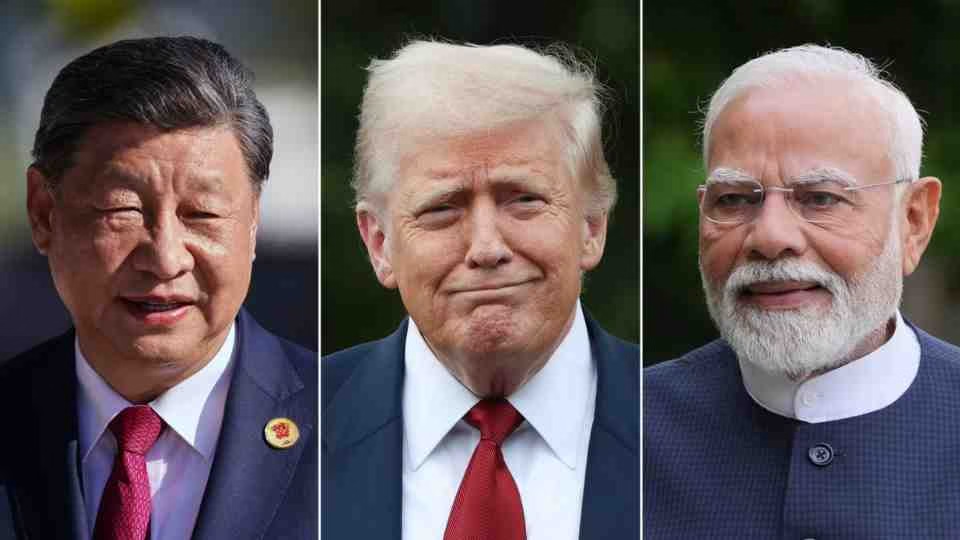On a cold December night in 2003, a newly engaged couple stopped near Bengaluru’s HAL Airport to watch planes light up the night sky. It was meant to be romantic — instead, it ended in bloodshed.
Twenty-seven-year-old B V Girish, a promising Intel software engineer, had been engaged just four days earlier to 21-year-old law student Shubha, daughter of a well-known advocate. Their wedding date was fixed, families happy, and the future seemingly set. But destiny had other plans.
A Romantic Evening Turns Fatal
After dinner that night, Girish parked his scooter to admire the aircraft take-offs — a favourite spot for young couples. Suddenly, an attacker struck Girish from behind with a blunt iron rod. He collapsed, bleeding profusely. Shubha screamed for help, and an Army man passing by rushed them to hospital. But Girish didn’t survive.
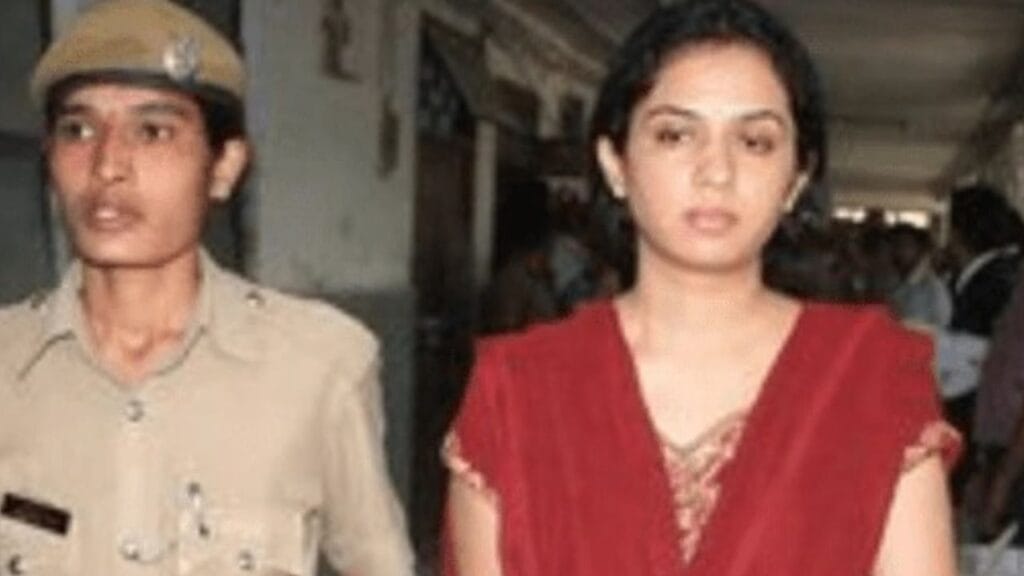
Shubha reported the murder as a “robbery attempt” to the police, citing her gold jewellery as a possible motive. But from the start, something didn’t sit right with Inspector K Nanaiah, who led the investigation.
The First Red Flag
One detail gnawed at him: while Girish lay bleeding in the back seat of a car, Shubha chose to sit in the front. It was small but telling. The murder of a respected tech professional engaged to an advocate’s daughter instantly became high-profile, with pressure mounting to solve it quickly.
Investigations at Intel revealed Girish had no workplace enemies. The case seemed to be going cold — until technology offered a breakthrough.
The SMS Trail That Blew the Case Open
In 2003, mobile phones were still rare — but Girish and Shubha’s call records told an unusual story. Shubha had called another man, Arun Verma, a 19-year-old college junior, far more frequently than her fiancé. A quiet probe revealed the two were romantically involved and unhappy about Shubha’s arranged marriage.
Police tracked their movements, spoke to friends and even a beautician she frequented. Then came the game-changer: hundreds of SMSes exchanged between Shubha and Arun, including one sent after the murder:
Arun: “I hope everything is okay, I’m worried.”
Shubha: “Everything is under control.”
This was no robbery. It was a plot.
The Conspiracy Unravels
Investigators learned that Shubha lured Girish to the isolated “Air View Point” spot. Waiting nearby was Venkatesh, a hitman hired for a mere ₹1,500 and a mobile phone, brought in by Arun’s cousin, Dinakar. One deadly strike ended Girish’s life.
On January 21, 2004 — over a month after the killing — police arrested all four: Shubha, Arun, Dinakar and Venkatesh. They had no clue they were even suspects.
Justice Served
In 2010, a fast-track court convicted the four, sentencing them to life imprisonment, with Shubha receiving an additional three years for destroying evidence. It became a landmark case — one of India’s earliest to rely heavily on SMS and call records as key evidence.
Shubha fought her conviction for years, even reaching the Supreme Court, but the verdict was upheld this July. The court noted that while Shubha wasn’t inherently a criminal, “a dangerous adventure led to a heinous crime and the loss of an innocent life.”
A Family That Refused to Give Up
Girish’s family never stopped pursuing justice. His ageing father attended every hearing until his death, and his sister Sunitha continued the fight. “He was an innocent man, killed because someone didn’t want to marry him,” she said. “The proposal was brought by people we trusted for 15 years. It cost us our brother.”

